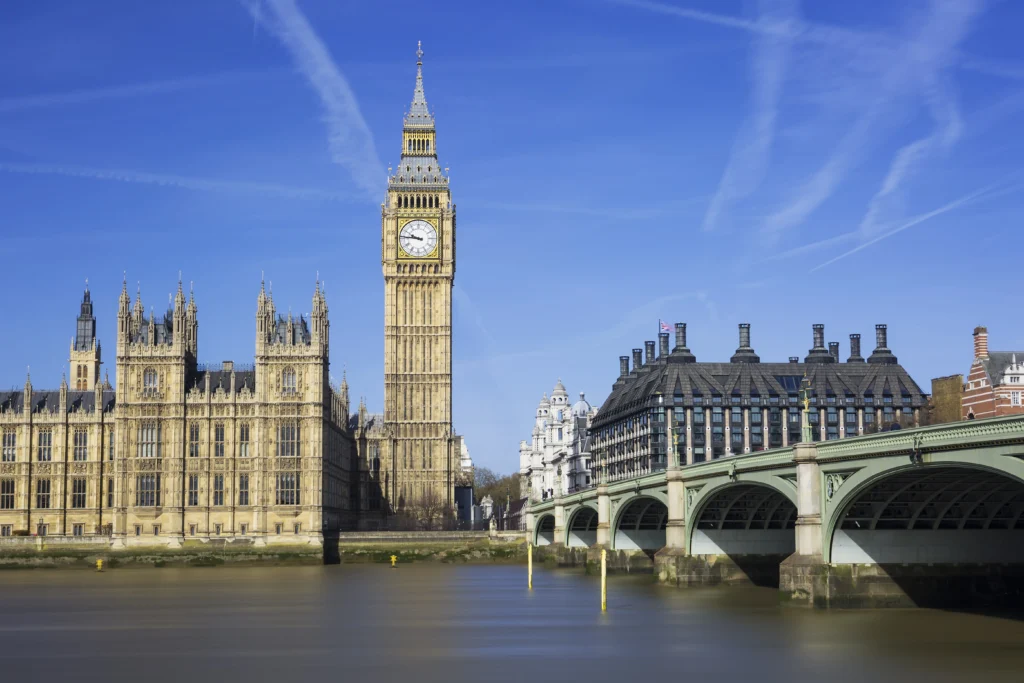Student visa costs are rising in 2025, with countries like Australia, the UK, and the US increasing fees or adding hidden expenses such as healthcare surcharges and proof of funds requirements. This article explores updated visa costs for major study destinations, including Canada, Germany, France, and Ireland, and offers practical budgeting tips. With global immigration tightening and tuition fees climbing, international students must now factor in visa-related expenses early on. Here’s what to expect — and how to plan smartly for your application abroad.
Key Takeaways
Why Student Visa Costs Matter More Than Ever in 2025
Let’s be honest — studying abroad has always meant spending big. But in 2025, students aren’t just budgeting for tuition and rent anymore. With currency fluctuations, tighter immigration rules, and stricter documentation demands, even applying for a student visa feels like a mini financial exam. Governments across the globe are quietly increasing visa application costs, and those few extra dollars (or hundreds) can tip the balance for cost-conscious students.
Also Read: Which Countries’ Work Visas Are Open to Foreign Workers in 2025?
From mandatory health insurance in the UK to blocked accounts in Germany and biometric fees in Canada, the visa sticker price is no longer the full story. That’s why savvy students are now weighing visa and pre-arrival costs just as seriously as university rankings or post-study work options. If you’re preparing to apply in 2025, here’s what it might cost you — and why.
Australia: High Quality Education, Higher Visa Fees Too
Australia’s world-class universities remain a top pick for international students — but be prepared to pay for it. In 2025, the standard student visa fee has shot up to AUD 1,600–2,000, depending on individual circumstances. That’s roughly ₹1,12,860 or around USD 1,330, making it the most expensive visa among major study destinations this year.

Why the spike? Australia’s stricter migration controls and capped intakes are pushing up costs. There’s also the increasing administrative load around financial proof, health insurance, and work limitations. While international students can still work part-time during the semester and full-time in breaks, compliance is now monitored more tightly than ever. You’re paying a premium, yes — but you’re also stepping into a highly regulated system built to offer quality, if not affordability.
Canada’s Modest Visa Fee Isn’t the Only Expense to Watch
Canada might still seem affordable at first glance — after all, the student visa fee remains at a relatively mild CAD 150, which is about ₹8,880 or $USD 110. But don’t be fooled: this is just the surface. You’ll also need to budget for biometrics (CAD 85), restoration fees if anything goes wrong (CAD 389.75), and most importantly, proof of financial support, which recently increased as part of Canada’s crackdown on unserious applications.

In many provinces, you’ll also need to show upwards of CAD 20,000 as part of your Guaranteed Investment Certificate (GIC) if you’re applying under the Student Direct Stream. Translation? The visa might be cheap, but prepping for it isn’t. Plan early, and double-check whether you’re meeting province-specific thresholds to avoid nasty surprises post-submission.
United Kingdom: Is the Price Worth the Prestige?
If you’re headed to the UK for that master’s degree with Oxbridge flair or a solid Russell Group credential, you’ll need to set aside £524 for your student visa in 2025 — that’s about ₹60,730 or USD 670. But hold on, there’s more. You’ll also need to pay the Immigration Health Surcharge, which adds £470 annually to your expenses.

That means a one-year master’s course costs you nearly £1,000 before you even board your flight. And let’s not forget courier fees, document translation charges, or the cost of proving you meet the English language requirements. For many students, especially from lower-income countries, this makes the UK a high-cost, high-reward decision. The education is exceptional, no doubt — but so is the administrative bill attached to it.
United States: Visa Fees Stay Stable, But Hidden Costs Linger
America hasn’t rocked the visa fee boat this year. The F-1 student visa still costs $185, and the mandatory SEVIS fee (to support the student tracking system) adds another $350. So, you’re looking at just over $500 upfront, not including embassy appointment logistics or document notarization.

But the U.S., being the U.S., has hidden costs and red tape that are part of the game. Embassy wait times vary wildly by country, and many students end up shelling out for third-party services to expedite the process or book early slots. Factor in travel to visa interviews, pre-departure health checks, and financial documentation (with bank statements sometimes required for a year’s worth of tuition + living expenses), and the real price of a U.S. education starts well before your first lecture.
Germany and France: Budget-Friendly Study Destinations with Low Visa Fees
Not every country is playing the “raise the visa fee” game. In Europe, Germany and France continue to offer comparatively budget-friendly options, making them a top choice for students seeking quality on a budget.
Also Read: UK Skilled Worker Visa Update: 70+ New Roles Added in 2025
In Germany, the visa fee stands at €75 — just ₹7,540 or around USD 82. France varies between €50 to €99 (~₹5,030–₹9,950 / $55–$110), with long-stay visas doubling as residence permits. Sounds perfect? Almost. In Germany, you’ll need to open a blocked account with €11,904 upfront, and monthly access is capped at €992. There’s also the added hassle of APS certification, a time-consuming (and costly) process for some non-EU nationals.
Despite the extra hoops, the low actual visa fee plus no tuition costs at public universities in Germany and heavily subsidized education in France still make them extremely attractive. Yes, bureaucracy may slow you down — but it’s bureaucracy on a budget.
Tips to Budget for Your Student Visa Application
If 2025 has taught us anything, it’s that visa fees are just the tip of the iceberg. To stay ahead of the curve, consider these quick strategies:
First, start building a “visa fund” months in advance. Most destinations require proof of funds anyway, so this doubles as both strategy and necessity. Second, calculate total pre-arrival expenses, not just the visa fee — include travel insurance, translation fees, courier charges, and health checks. Finally, avoid mistakes. Reapplication fees aren’t just demoralizing — they’re expensive. Read guidelines carefully and get documentation reviewed if you’re unsure.
Being meticulous with your financial planning can save you more than just money — it can save your entire study abroad timeline.
Final Thoughts: Do Visa Costs Decide Where You Study in 2025?
As countries recalibrate their immigration policies and adjust for post-pandemic recovery, student visa costs are becoming a new battleground. For governments, it’s a way to filter applicants. For students, it’s another critical metric to weigh against rankings, reputation, and post-study work potential.
While countries like Australia and the UK raise the bar (and the bill), others like Germany, France, and even Ireland remain viable for the cost-conscious. But wherever you apply, remember: visa fees are only part of the equation. Prep early, budget smart, and don’t underestimate the power of a carefully filled-out application.





